Home>Furniture & Design>Interior Design Trends>How To Make A Glass Terrarium
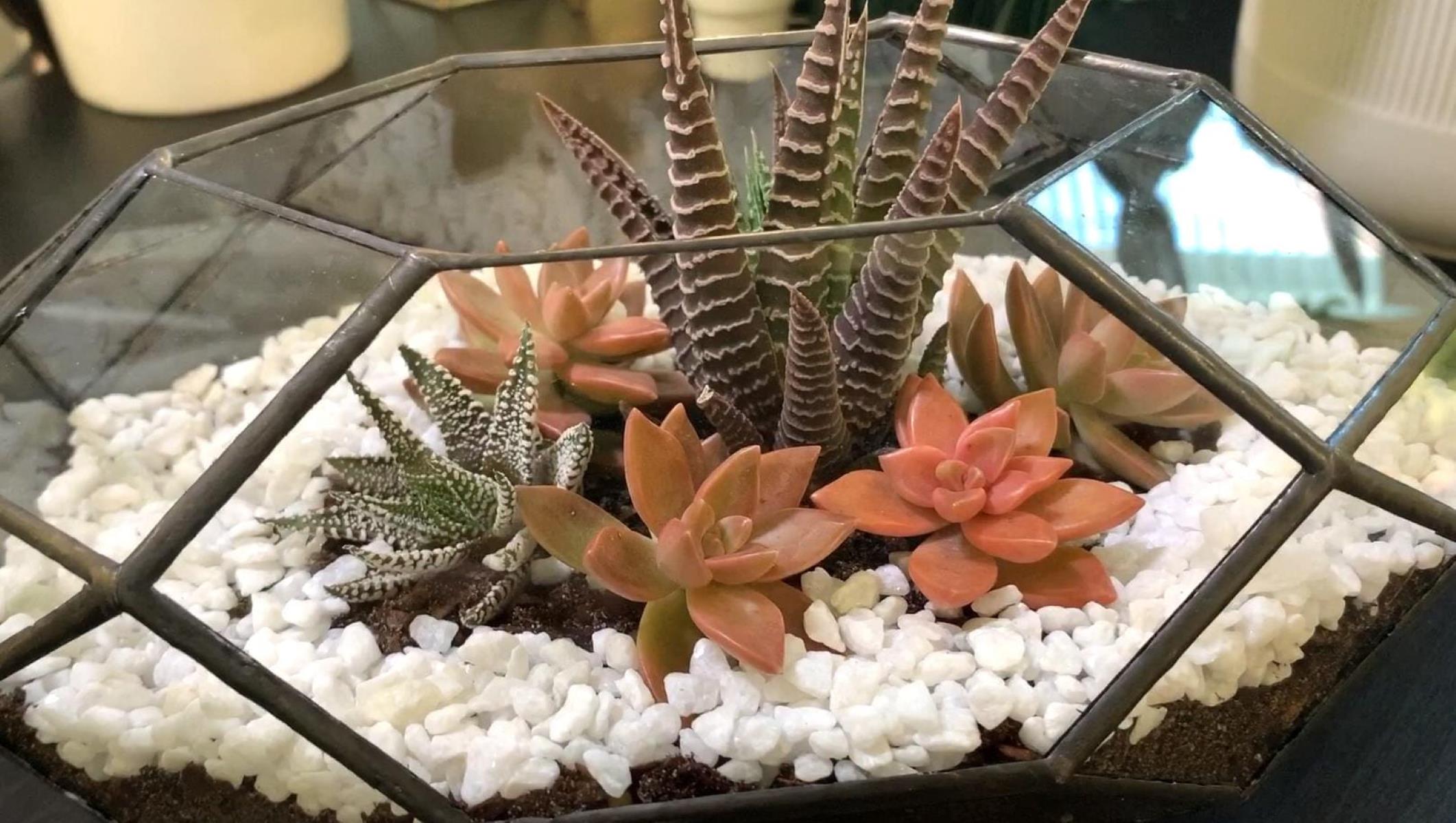

Interior Design Trends
How To Make A Glass Terrarium
Modified: October 19, 2024
Learn how to create a stunning glass terrarium and stay on top of the latest interior design trends with our step-by-step guide. Perfect for adding a touch of greenery to your home!
(Many of the links in this article redirect to a specific reviewed product. Your purchase of these products through affiliate links helps to generate commission for Storables.com, at no extra cost. Learn more)
Introduction
Creating a glass terrarium is a delightful way to bring a touch of nature into your living space. These miniature ecosystems offer a captivating glimpse into the beauty of the natural world, encapsulated within a transparent container. Whether you're an experienced gardener or a novice enthusiast, the process of crafting a glass terrarium is a rewarding and therapeutic endeavor. As you embark on this journey, you will witness the harmonious fusion of art and nature, resulting in a mesmerizing display that can enliven any room.
The allure of a glass terrarium lies in its ability to thrive within a confined space, making it an ideal option for individuals with limited room for traditional gardens. By carefully selecting the right container, plants, and materials, you can create a self-sustaining ecosystem that requires minimal maintenance. The process of assembling a glass terrarium is not only a creative outlet but also an opportunity to cultivate a deeper connection with nature.
In the following sections, we will explore the essential materials needed to construct a glass terrarium, the art of choosing the right container, the selection of suitable plants, the creation of distinct layers, the process of planting, and the ongoing care required to maintain the terrarium's delicate balance. By delving into each of these aspects, you will gain a comprehensive understanding of the intricate art of crafting and nurturing a glass terrarium. So, let's embark on this enchanting journey and unlock the secrets to creating a captivating miniature world within a glass enclosure.
Key Takeaways:
- Creating a glass terrarium is a rewarding and therapeutic way to bring nature into your home. It’s like crafting a captivating miniature world within a transparent container, offering a serene escape into a mesmerizing microcosm.
- To make a glass terrarium, carefully select the right container, plants, and materials. Layer gravel, charcoal, and soil, then delicately arrange the plants. With light, water, and care, you’ll witness the transformation of a simple glass vessel into a thriving and self-sustaining ecosystem.
Read more: How To Clean Terrarium Glass
Materials Needed
To embark on the enchanting journey of creating a glass terrarium, you will need a carefully curated selection of materials to bring your miniature ecosystem to life. Each component plays a crucial role in ensuring the success and longevity of your terrarium. Here's a comprehensive list of the essential materials required for this captivating endeavor:
-
Glass Container: The foundation of your terrarium, the glass container, serves as the transparent canvas that showcases the natural beauty within. Opt for a clear glass vessel with a wide opening, such as a fishbowl, jar, or geometric terrarium, to allow ample space for arranging the plants and creating distinct layers.
-
Gravel or Pebbles: These serve as the first layer at the bottom of the container, facilitating drainage and preventing waterlogging. Choose small, smooth gravel or pebbles to create a stable foundation for the subsequent layers.
-
Activated Charcoal: An essential element for maintaining a healthy terrarium environment, activated charcoal aids in filtering and purifying the air within the container. It helps to eliminate odors and prevents the growth of mold and bacteria.
-
Potting Soil: Select a high-quality, well-draining potting mix suitable for the types of plants you intend to include in your terrarium. Avoid using soil from your garden, as it may contain pests or pathogens that could disrupt the delicate balance of the terrarium ecosystem.
-
Assorted Plants: Choose a variety of small plants that thrive in the humid, enclosed environment of a terrarium. Opt for species such as ferns, mosses, air plants, and succulents, ensuring they are compatible in terms of light and moisture requirements.
-
Decorative Elements: Incorporate decorative elements such as small figurines, decorative stones, or driftwood to add a touch of whimsy and visual interest to your terrarium. These embellishments can enhance the overall aesthetic appeal of the miniature landscape.
-
Misting Bottle: A fine misting bottle or sprayer will be essential for maintaining the optimal moisture levels within the terrarium. This tool allows you to gently water the plants without creating waterlogged conditions.
-
Long-Handled Tweezers or Small Trowel: These tools will aid in planting and arranging the components within the confined space of the glass container, allowing for precision and ease of manipulation.
By gathering these essential materials, you will be well-equipped to embark on the creative and rewarding process of constructing your own captivating glass terrarium. Each component plays a vital role in establishing a thriving ecosystem within the confines of the glass enclosure, allowing you to bring a slice of nature into your home while indulging in the art of miniature gardening.
Choosing the Right Container
The selection of the container for your glass terrarium is a pivotal decision that significantly influences the visual impact and overall functionality of your miniature ecosystem. When choosing the right container, several key factors should be considered to ensure the optimal environment for the plants and to create an aesthetically pleasing display.
First and foremost, opt for a clear glass vessel that provides unobstructed visibility into the captivating world within. The transparency of the container allows for an unhindered view of the intricate layers and the natural beauty of the plants, creating a mesmerizing visual experience. Additionally, a clear glass container maximizes the penetration of natural light, essential for the photosynthetic process of the enclosed plants.
Consider the size and shape of the container, as it will dictate the layout and arrangement of the plants and decorative elements. A wide opening facilitates ease of access for planting and maintenance, while also allowing ample space for the plants to thrive and spread their delicate foliage. Furthermore, a spacious container enables the creation of distinct layers, such as the gravel, charcoal, soil, and decorative elements, adding depth and visual interest to the terrarium.
The depth of the container is also a crucial consideration, as it determines the root space available for the plants. Ensure that the depth is sufficient to accommodate the root systems of the selected plants, promoting healthy growth and development within the confined space of the terrarium.
In addition to traditional glass containers, explore unique options such as geometric terrariums, apothecary jars, or even repurposed glassware to infuse a touch of creativity into your terrarium design. These unconventional containers can add a whimsical and personalized touch to your miniature landscape, elevating it from a mere decorative piece to a captivating work of art.
Ultimately, the chosen container should harmonize with the overall aesthetic of your living space, complementing the existing decor and adding a refreshing natural element to the ambiance. By carefully considering the transparency, size, shape, and depth of the container, you can select the perfect vessel to encapsulate and showcase the enchanting beauty of your glass terrarium.
In summary, the process of choosing the right container for your glass terrarium is a thoughtful and essential step that sets the stage for the creation of a captivating miniature world. By considering the practical and aesthetic aspects of the container, you can lay the foundation for a visually stunning and thriving ecosystem that brings the allure of nature into your home.
Selecting the Right Plants
Selecting the right plants is a crucial step in the creation of a thriving glass terrarium. The enclosed environment of a terrarium requires plants that can thrive in high humidity and limited space. When choosing plants for your terrarium, opt for species that are well-suited to the conditions within a sealed container.
Ferns are excellent choices for terrariums, as they thrive in the humid environment and add a lush, verdant appeal to the miniature landscape. Their delicate fronds create an enchanting visual display, and they are relatively low-maintenance, making them ideal for enclosed ecosystems.
Mosses are another popular option for terrariums, offering a carpet of vibrant greenery that adds texture and visual interest. These resilient plants require minimal soil and can thrive in the moist, shaded environment of a terrarium, making them a versatile and visually appealing choice.
Air plants, also known as Tillandsia, are intriguing additions to a terrarium, as they do not require soil to grow. These unique plants absorb moisture and nutrients through their leaves, making them well-suited to the enclosed, high-humidity environment of a terrarium. Their distinctive appearance and low-maintenance nature make them a captivating choice for adding a touch of whimsy to your miniature ecosystem.
Succulents, known for their water-retentive leaves and striking forms, can also thrive in a terrarium environment. Select compact varieties that are well-suited to the limited space within the container. Their diverse shapes and colors can add visual intrigue to the terrarium, creating a captivating juxtaposition against the lush foliage of ferns and mosses.
When selecting plants for your terrarium, consider the light and moisture requirements of each species to ensure compatibility within the enclosed environment. Opt for plants that share similar needs to maintain a harmonious balance within the terrarium. By carefully curating a selection of plants that thrive in high humidity and limited space, you can create a captivating and sustainable ecosystem within your glass terrarium.
In summary, the process of selecting the right plants for your glass terrarium involves thoughtful consideration of species that can thrive in the unique conditions of an enclosed environment. By choosing resilient and visually appealing plants, you can create a captivating miniature landscape that flourishes within the confines of the transparent container.
Creating the Layers
The process of creating distinct layers within a glass terrarium is a fundamental aspect of establishing a balanced and self-sustaining ecosystem. Each layer serves a specific purpose, contributing to the overall health and longevity of the enclosed plants while adding visual depth and interest to the miniature landscape.
-
Gravel or Pebbles: The first layer at the bottom of the container, typically composed of small, smooth gravel or pebbles, serves as a crucial element for drainage. This layer prevents water from accumulating at the bottom of the terrarium, ensuring that excess moisture does not lead to root rot or fungal growth. Additionally, the gravel layer provides a stable foundation for the subsequent layers, promoting proper water distribution and aeration within the terrarium.
-
Activated Charcoal: Positioned above the gravel layer, activated charcoal plays a vital role in maintaining a healthy terrarium environment. This layer acts as a natural filter, purifying the air within the container and preventing the buildup of odors, mold, and harmful bacteria. By absorbing impurities and toxins, activated charcoal contributes to the overall cleanliness and equilibrium of the terrarium ecosystem.
-
Potting Soil: The layer of potting soil provides the essential medium for the roots of the enclosed plants to anchor and obtain nutrients. It is crucial to select a high-quality, well-draining potting mix suitable for the chosen plant species. The soil layer should be deep enough to accommodate the root systems while allowing for proper aeration and moisture retention. Avoid compacting the soil to maintain a healthy balance of air and water within the terrarium.
-
Decorative Elements: While not essential for the health of the plants, the addition of decorative elements such as small figurines, decorative stones, or driftwood can enhance the visual appeal of the terrarium. These embellishments can be strategically placed within the soil layer to create visual interest and add a touch of whimsy to the miniature landscape.
By meticulously layering these components within the glass container, you can establish a well-balanced and visually captivating foundation for the subsequent planting of the selected flora. The careful arrangement of these layers sets the stage for the creation of a thriving and harmonious ecosystem within the confines of the transparent enclosure.
Read more: How To Make Glass Ornaments
Planting the Terrarium
Planting the terrarium is a pivotal stage in the creation of a captivating miniature ecosystem within the glass enclosure. This process involves delicately arranging the selected plants within the carefully layered environment, ensuring optimal positioning and spacing to promote healthy growth and visual harmony.
Begin by gently removing the selected plants from their containers, taking care to loosen the roots and remove any excess soil. As you prepare to plant the flora within the terrarium, consider the placement of each species to create a balanced and visually appealing composition. Opt for a combination of textures, colors, and growth habits to add depth and visual interest to the miniature landscape.
Using long-handled tweezers or a small trowel, carefully create small indentations in the soil to accommodate the roots of the plants. Place the plants at appropriate intervals, allowing ample space for growth while ensuring that they are not overcrowded within the confined space of the container. Take into account the varying heights and growth patterns of the selected plants, arranging them to create a natural and harmonious display.
As you position each plant, gently pat the soil around the roots to secure them in place, ensuring stability and adequate contact with the potting mix. Take the time to assess the overall arrangement, making any necessary adjustments to achieve a visually pleasing composition. Consider the placement of decorative elements, such as small figurines or decorative stones, to enhance the aesthetic appeal of the terrarium while complementing the lush greenery.
Once the plants are securely positioned within the terrarium, use a fine misting bottle to lightly water the soil, ensuring that it is evenly moist but not waterlogged. Avoid overwatering, as excessive moisture can lead to the development of mold or root rot within the enclosed environment. The gentle misting will provide the necessary hydration for the plants while maintaining the delicate balance of the terrarium ecosystem.
After planting, take a moment to admire the artful arrangement of plants and decorative elements within the glass enclosure. The carefully curated composition serves as a testament to the harmonious fusion of nature and art, creating a captivating miniature world that can enliven any living space.
In summary, the process of planting the terrarium involves thoughtful consideration of plant placement, spacing, and visual composition within the layered environment. By delicately arranging the selected flora and incorporating decorative elements, you can bring to life a visually stunning and thriving ecosystem within the confines of the transparent container.
Caring for Your Terrarium
Caring for your terrarium is essential to ensure the long-term health and vitality of the enclosed plants and the overall equilibrium of the miniature ecosystem. By maintaining a few simple practices, you can create an environment that thrives with minimal intervention, allowing you to enjoy the captivating beauty of your terrarium for years to come.
Light and Temperature
Place your terrarium in a location that receives indirect sunlight, as direct sunlight can lead to excessive heat buildup within the container. Indirect light provides the necessary illumination for photosynthesis while preventing the risk of overheating. Monitor the exposure to light and adjust the terrarium's placement as needed to maintain optimal conditions for the enclosed plants.
Watering
The watering needs of your terrarium will vary based on the plant species and the moisture levels within the container. Use a fine misting bottle to lightly water the plants, ensuring that the soil remains evenly moist but not waterlogged. Avoid overwatering, as excessive moisture can lead to the development of mold and disrupt the delicate balance of the terrarium ecosystem. Regularly monitor the moisture levels and adjust your watering frequency based on the specific requirements of the enclosed plants.
Read more: How To Make Fused Glass
Pruning and Maintenance
As the plants grow within the terrarium, occasional pruning may be necessary to maintain the desired shape and prevent overcrowding. Trim any yellowing or decaying foliage to promote the overall health of the plants and preserve the visual appeal of the miniature landscape. Additionally, inspect the terrarium for any signs of pests or disease, addressing any issues promptly to safeguard the well-being of the enclosed flora.
Air Circulation
While the enclosed environment of a terrarium naturally retains moisture, it is essential to provide occasional ventilation to prevent stagnation and promote air circulation. Periodically remove the lid or cover of the terrarium for a brief period to allow fresh air to circulate within the container. This practice helps to prevent the buildup of excess humidity and maintain a healthy equilibrium within the terrarium.
Observing and Enjoying
Regularly observe your terrarium to appreciate the growth and interactions of the enclosed plants. Take the time to marvel at the intricate beauty of the miniature landscape and the delicate balance of the ecosystem. By nurturing and caring for your terrarium, you can cultivate a deeper connection with nature and create a captivating living artwork that enriches your living space.
By implementing these simple care practices, you can ensure the longevity and vibrancy of your terrarium, creating a captivating and sustainable ecosystem that brings the allure of nature into your home.
When making a glass terrarium, choose plants that have similar light and water needs to ensure they thrive together in the same environment.
Conclusion
In conclusion, the art of creating a glass terrarium transcends the realms of gardening and craftsmanship, offering a captivating fusion of nature and artistry within a transparent enclosure. As we have delved into the essential materials, the meticulous selection of the container, the careful curation of plant species, the creation of distinct layers, the artful planting process, and the ongoing care practices, it becomes evident that crafting a glass terrarium is a deeply rewarding and therapeutic endeavor.
The process of assembling a glass terrarium allows individuals to immerse themselves in the delicate intricacies of miniature gardening, fostering a profound connection with nature while indulging in the creative expression of designing a captivating ecosystem. The careful selection of materials, plants, and decorative elements serves as a testament to the harmonious balance of art and nature, resulting in a visually stunning and sustainable miniature landscape.
By carefully layering gravel, activated charcoal, and potting soil, and delicately arranging the selected plants within the transparent container, enthusiasts can witness the gradual transformation of a simple glass vessel into a thriving and self-sustaining ecosystem. The act of nurturing and caring for the terrarium further deepens the bond with the enclosed flora, fostering a sense of stewardship and appreciation for the delicate equilibrium of the miniature world.
The allure of a glass terrarium extends beyond its visual appeal, offering a serene escape into a mesmerizing microcosm that can enliven any living space. As the enclosed plants flourish and interact within the confines of the transparent container, the terrarium becomes a living artwork, a testament to the beauty and resilience of nature encapsulated within a delicate ecosystem.
In essence, the creation and care of a glass terrarium embody the harmonious coexistence of art and nature, offering a therapeutic and visually captivating experience for enthusiasts of all levels. Whether adorning a tabletop, a shelf, or a windowsill, a well-crafted terrarium serves as a testament to the enchanting beauty and resilience of the natural world, inviting individuals to embark on an enchanting journey of creativity and connection with the living environment.
Frequently Asked Questions about How To Make A Glass Terrarium
Was this page helpful?
At Storables.com, we guarantee accurate and reliable information. Our content, validated by Expert Board Contributors, is crafted following stringent Editorial Policies. We're committed to providing you with well-researched, expert-backed insights for all your informational needs.
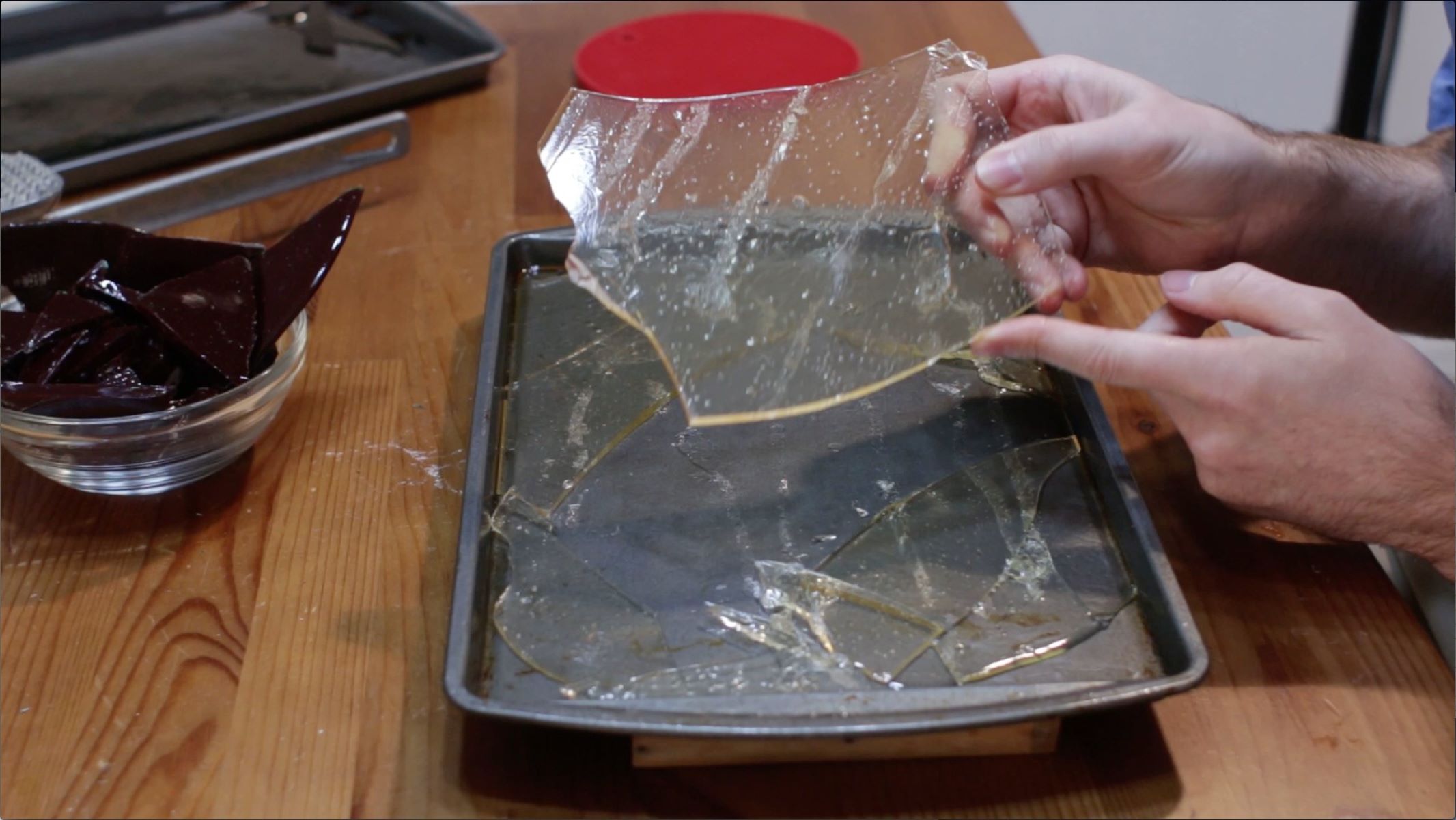
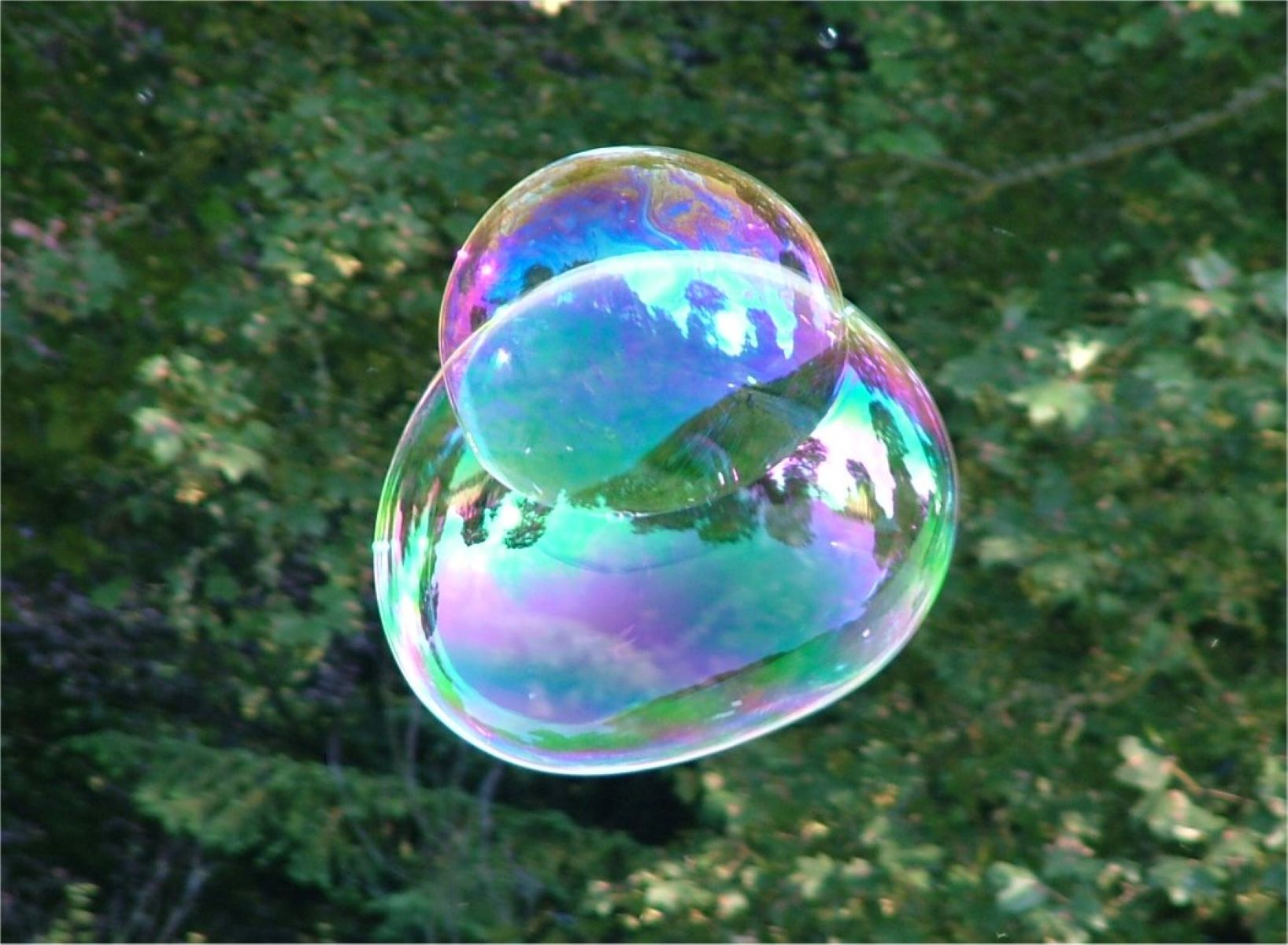
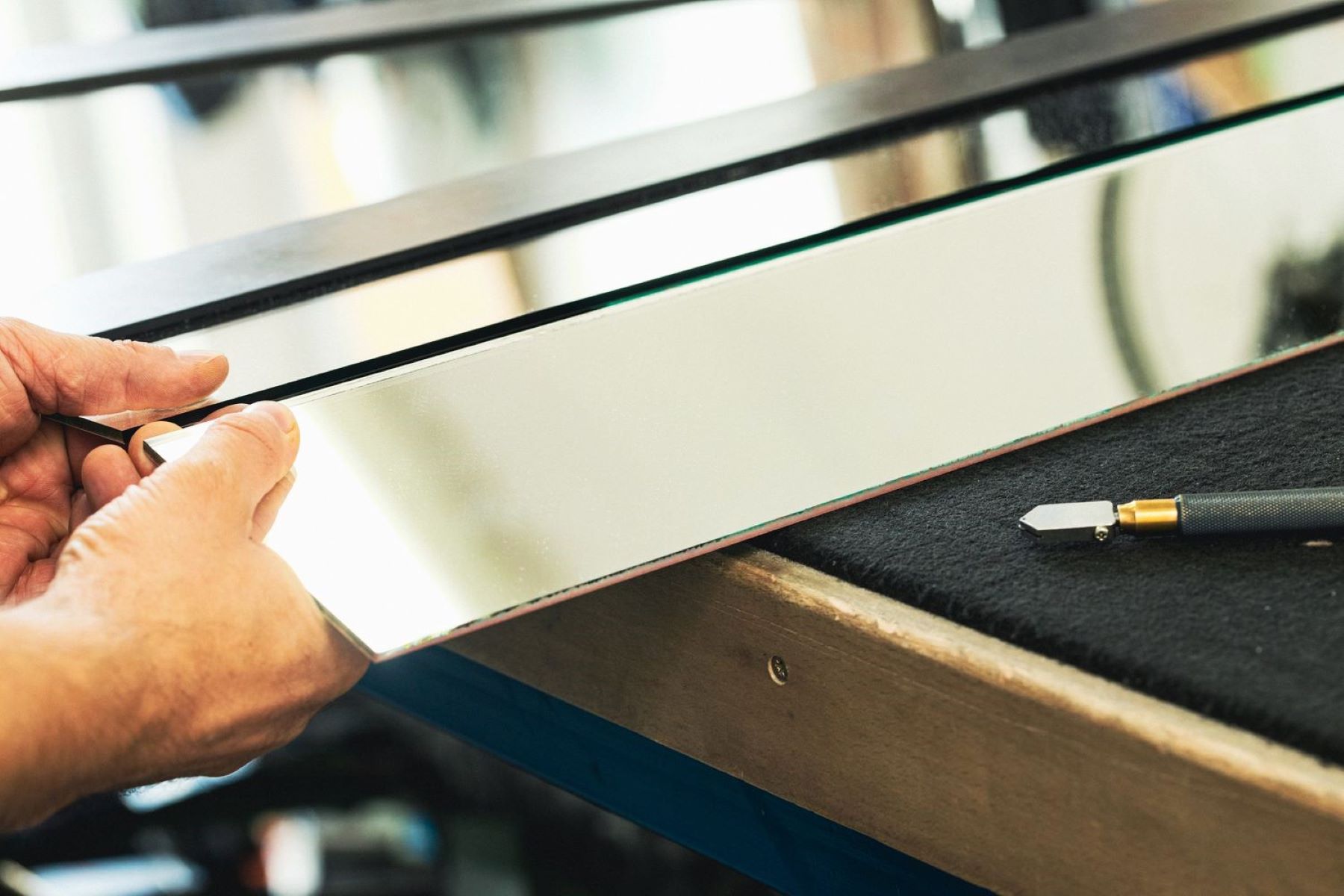
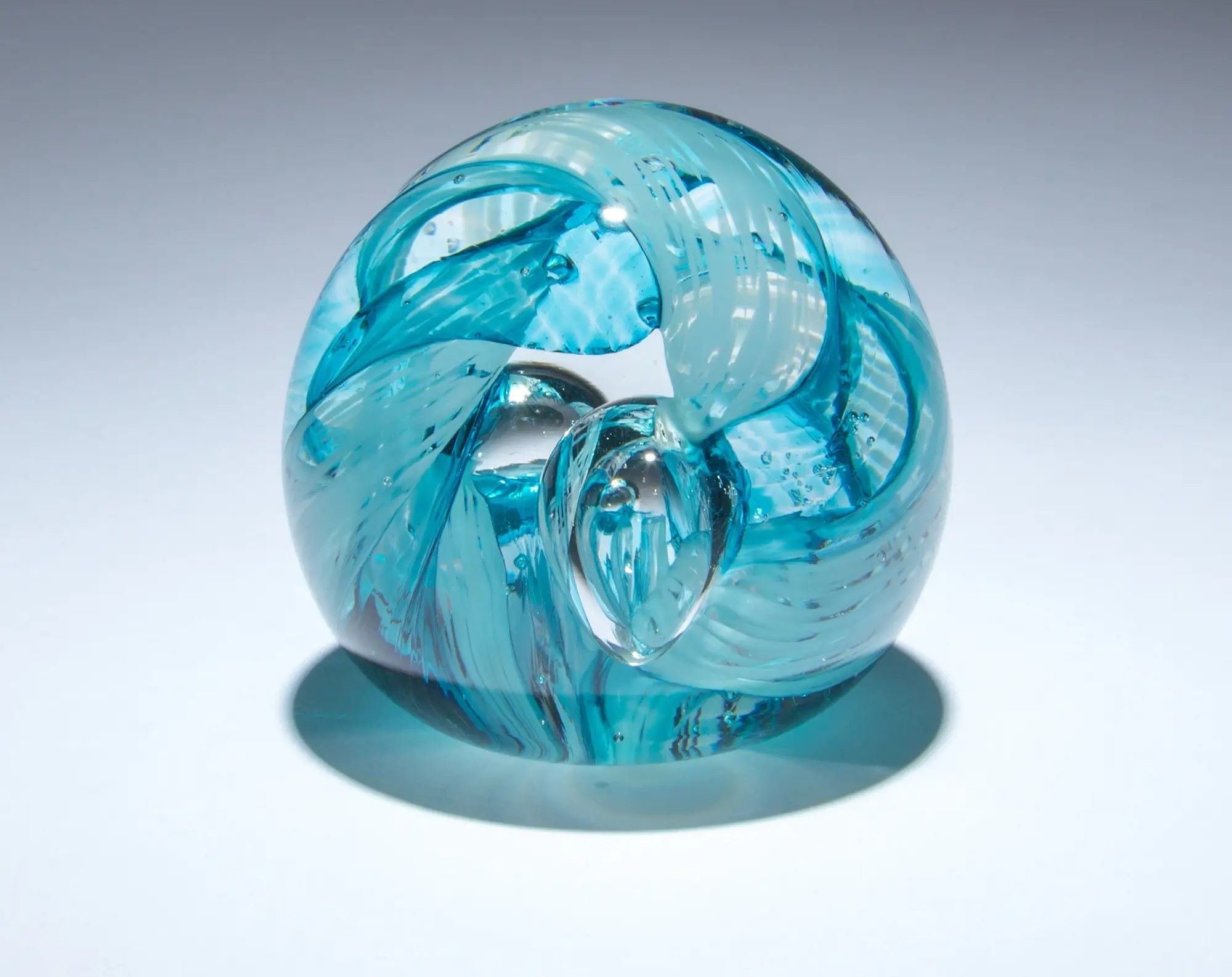
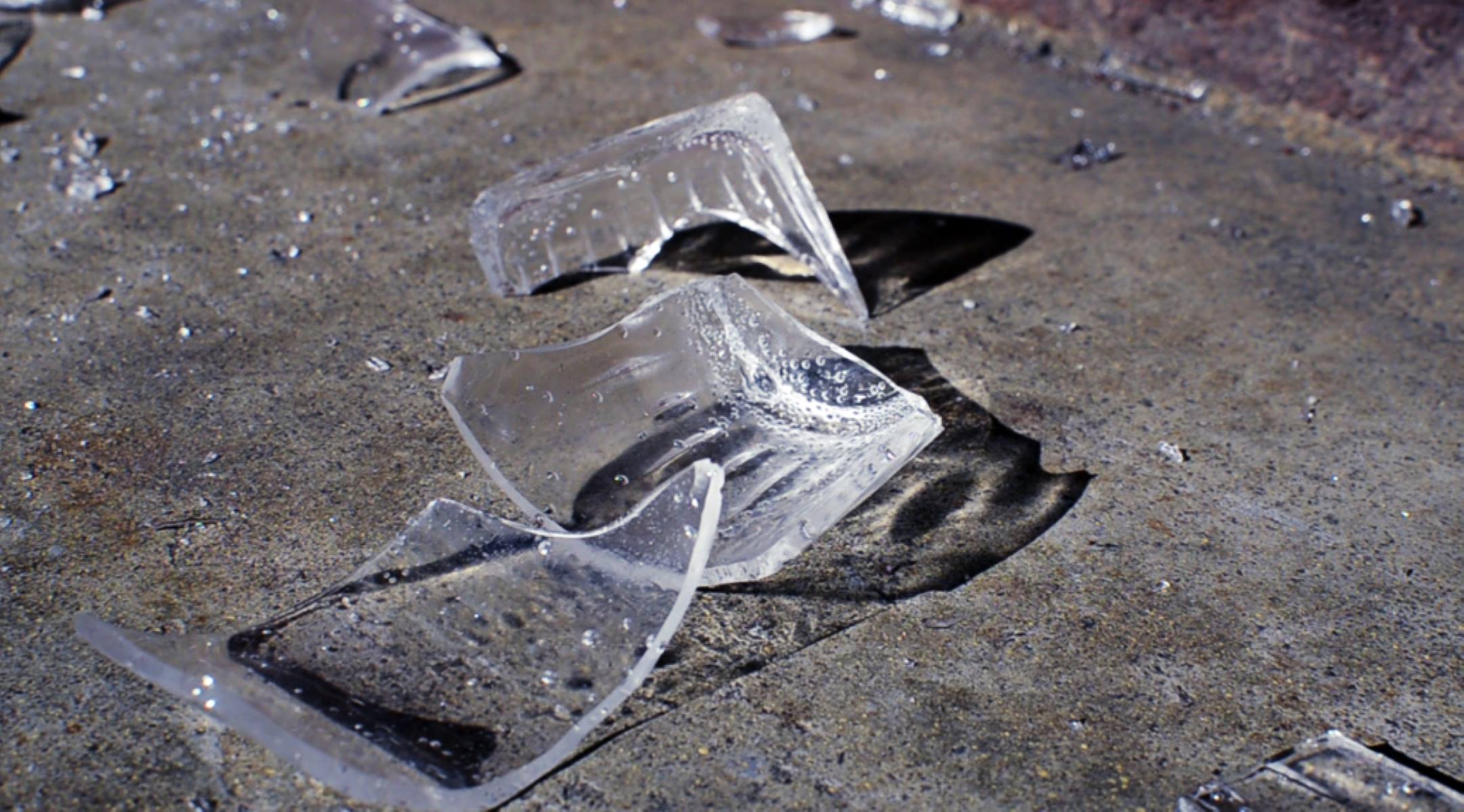
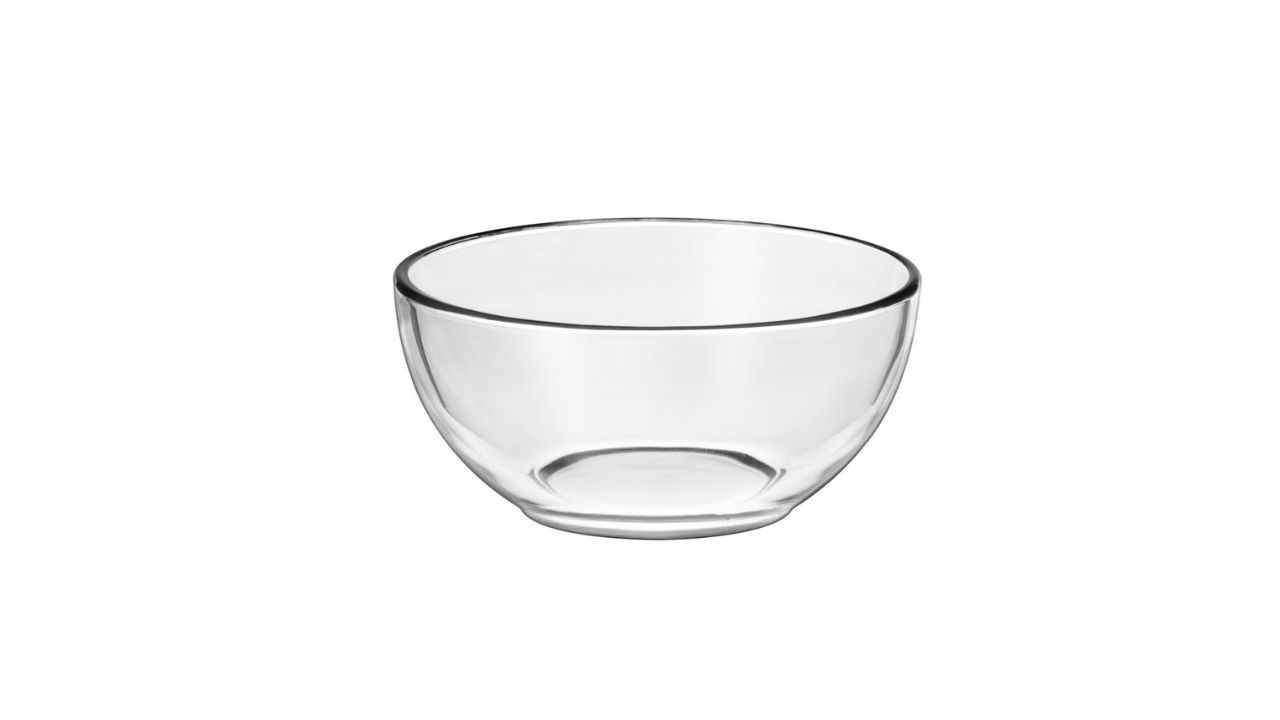
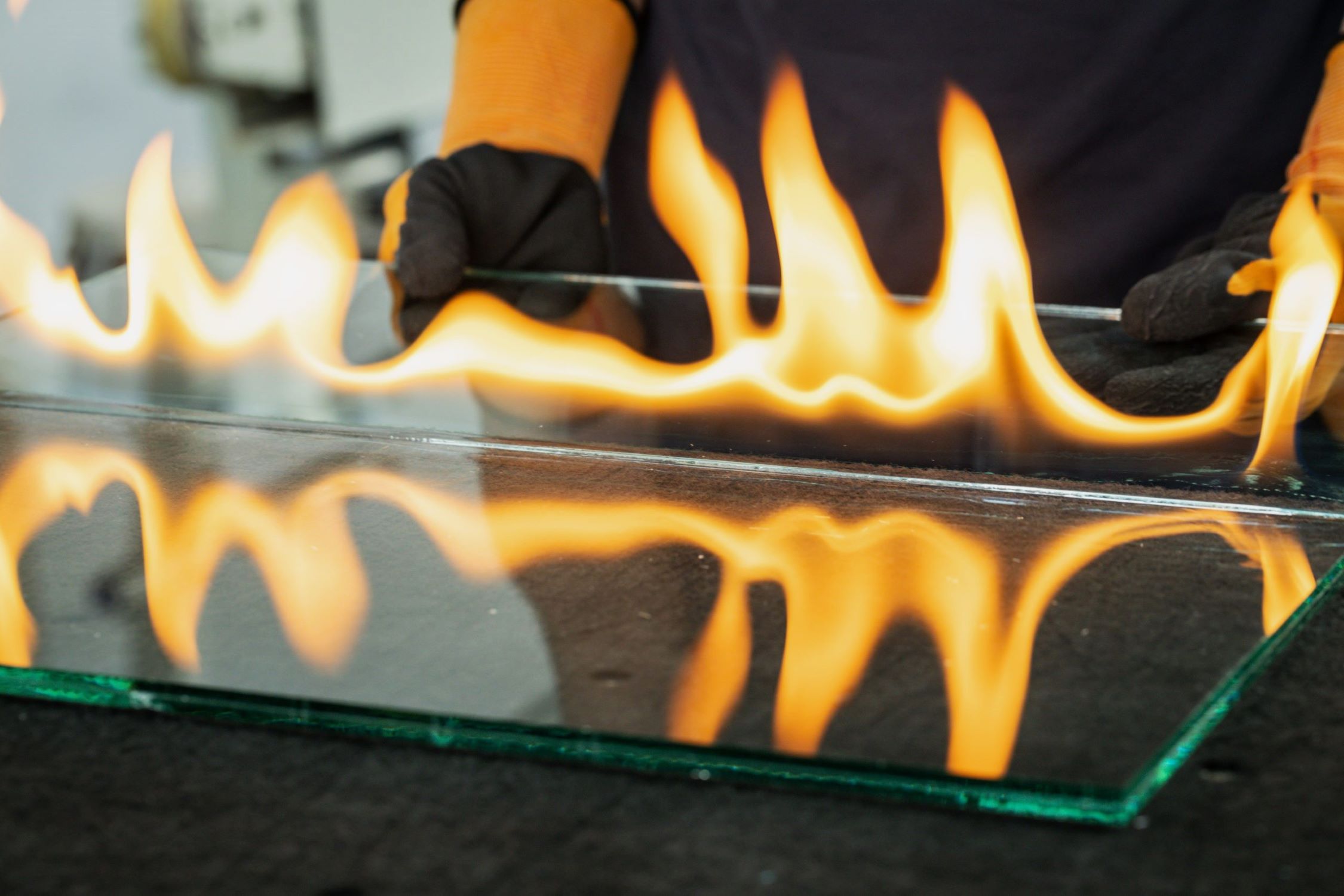
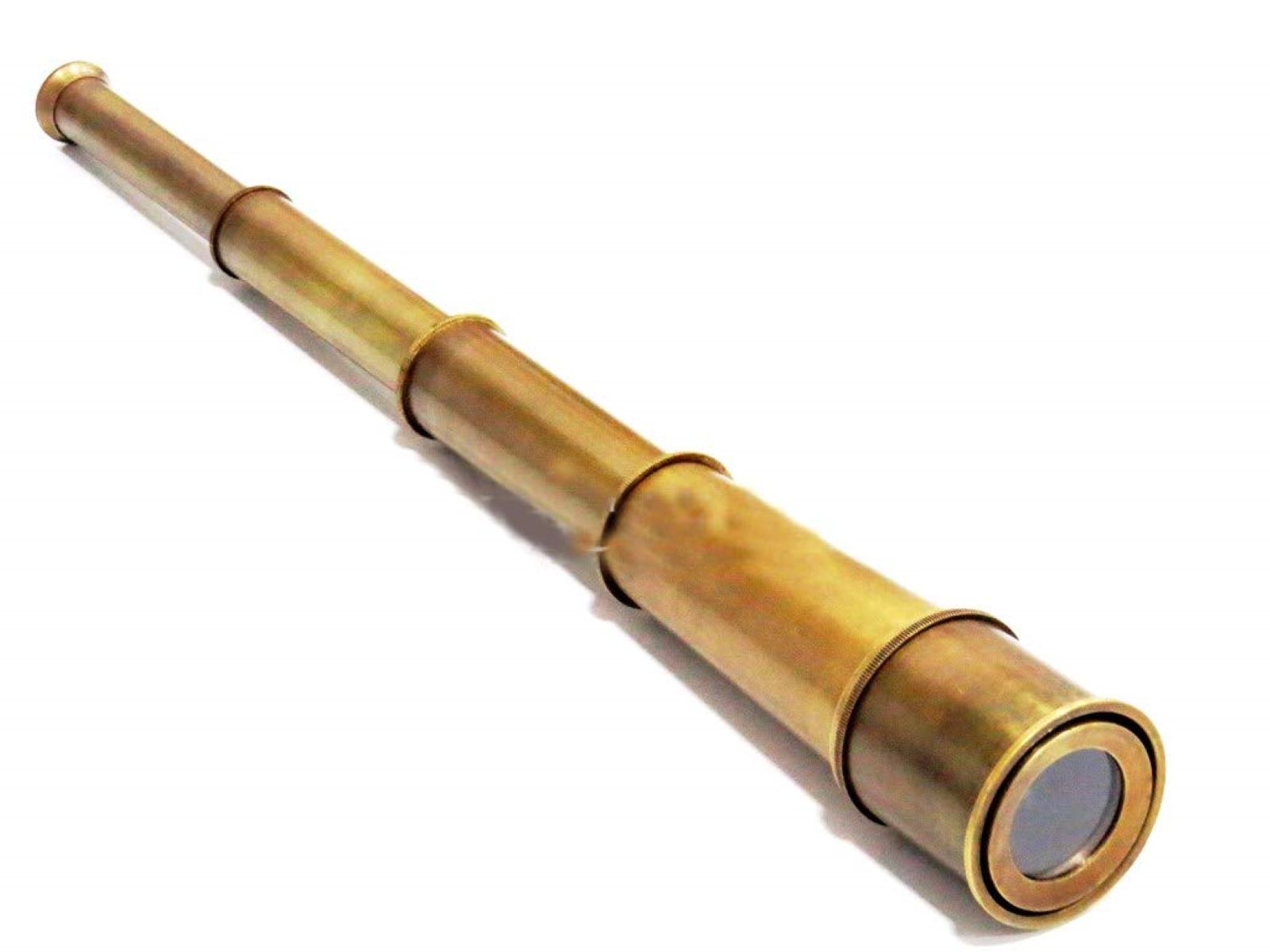


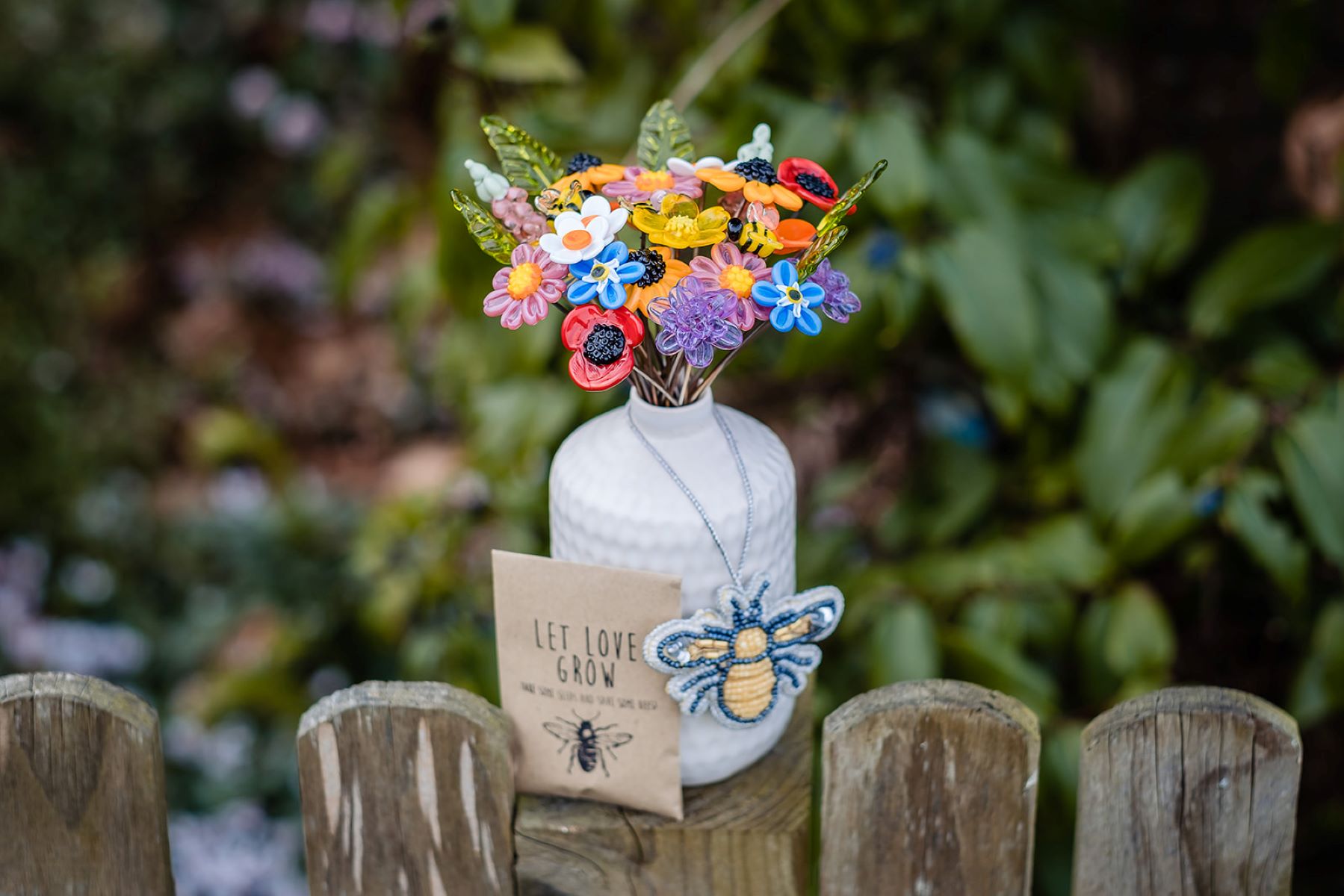
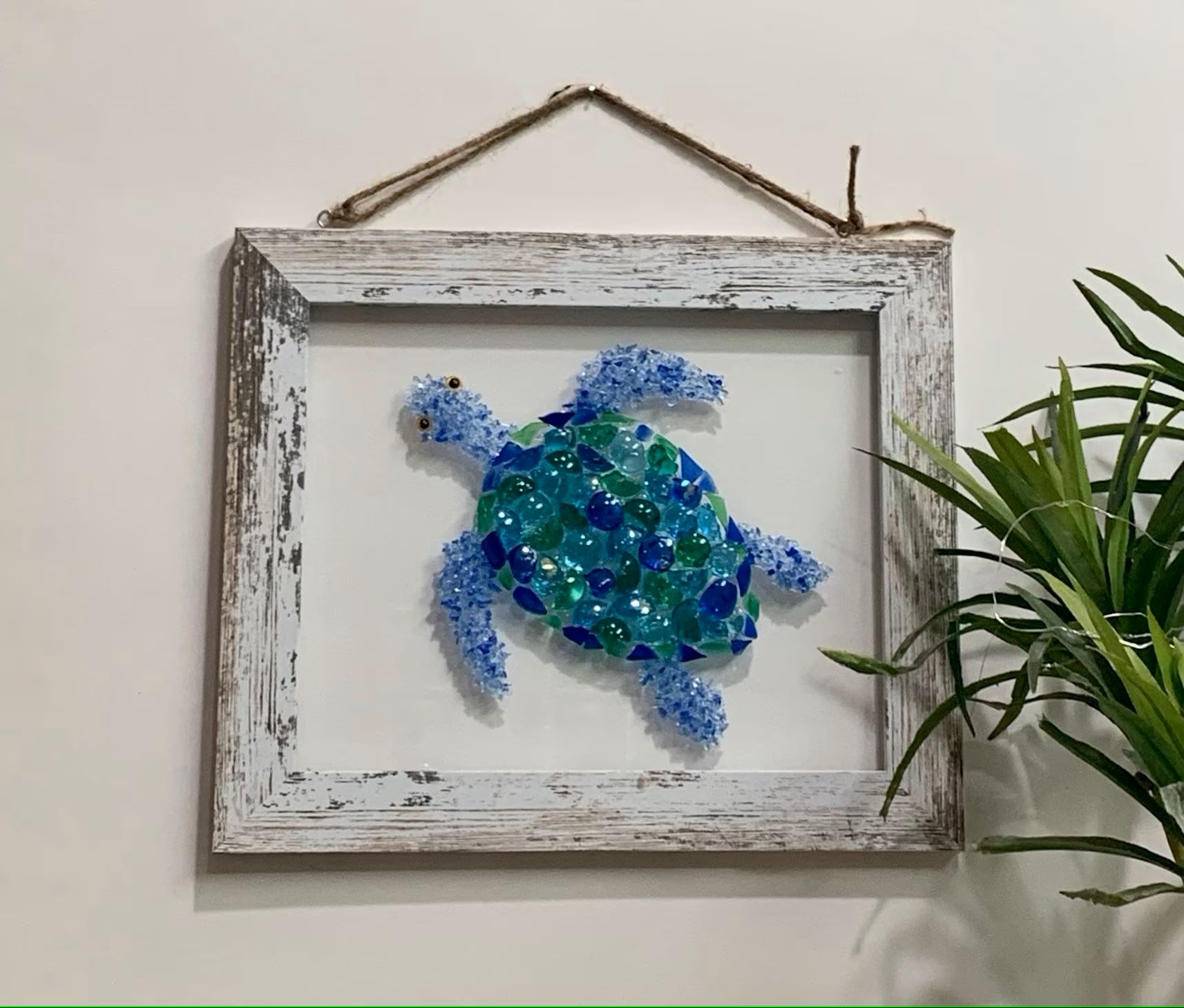
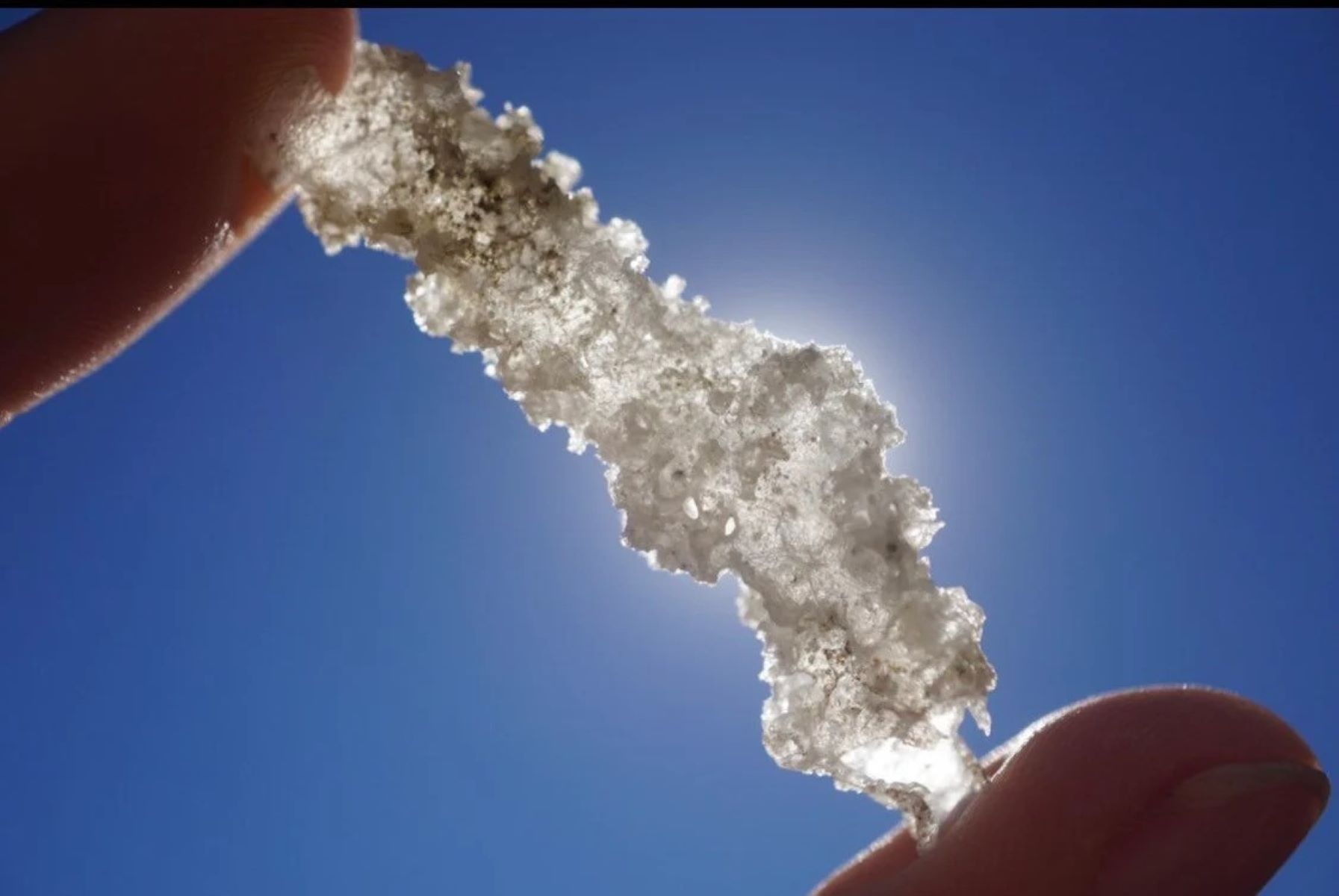

0 thoughts on “How To Make A Glass Terrarium”